 Republic Services tripling RNG: Waste disposal company Republic Services will be increasing its usage of renewable natural gas (RNG) by three times what it used in 2016 in its CNG-powered refuse trucks through an expanded agreement with Clean Energy. Clean Energy’s Redeem brand of RNG fuel will be deployed across Republic’s CNG-fleet in 20 states. Republic will be able to reduce its fleet emissions by approximately 110,000 metric tons of CO2e (carbon dioxide equivalent) over a three-year period, which is equal to planting 2.8 million trees or removing 23,200 cars from the road. Using RNG and alternative fuel trucks will combine with intelligent routing and the company’s One Fleet maintenance initiative will help the company hits its greenhouse gas emissions reduction targets.
Republic Services tripling RNG: Waste disposal company Republic Services will be increasing its usage of renewable natural gas (RNG) by three times what it used in 2016 in its CNG-powered refuse trucks through an expanded agreement with Clean Energy. Clean Energy’s Redeem brand of RNG fuel will be deployed across Republic’s CNG-fleet in 20 states. Republic will be able to reduce its fleet emissions by approximately 110,000 metric tons of CO2e (carbon dioxide equivalent) over a three-year period, which is equal to planting 2.8 million trees or removing 23,200 cars from the road. Using RNG and alternative fuel trucks will combine with intelligent routing and the company’s One Fleet maintenance initiative will help the company hits its greenhouse gas emissions reduction targets.
Texas blocks Tesla: The Texas state legislature has voted down two bills that would have allowed Tesla the right to directly sell its electric vehicles in the state. That was a tough call for Tesla, with Texas being the nation’s’ second largest auto retailing market after California. The company is close to starting production of the Model 3, and losing out on the Texas market will affect its future sales. That legislative battle has been dragged out for years in a state that Tesla had once considered setting up its Gigactory within.
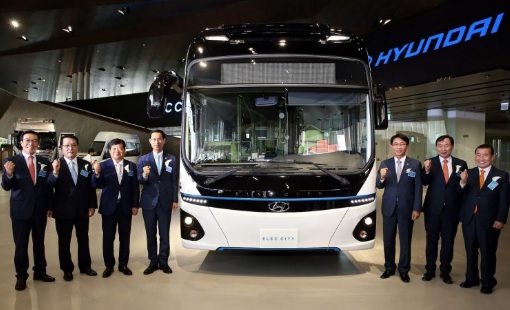 Hyundai electric bus: Hyundai just revealed the Elec City electric bus during an event in Korea. It has a 256 kWh lithium-ion polymer battery and a 240 kW electric motor, delivering a driving range of 180 miles. Fast charging capability will enable a full recharging in just over an hour. Production and sales begin in 2018. No word yet on whether it will stay in Korea or go overseas to compete with electric bus makers BYD and Proterra.
Hyundai electric bus: Hyundai just revealed the Elec City electric bus during an event in Korea. It has a 256 kWh lithium-ion polymer battery and a 240 kW electric motor, delivering a driving range of 180 miles. Fast charging capability will enable a full recharging in just over an hour. Production and sales begin in 2018. No word yet on whether it will stay in Korea or go overseas to compete with electric bus makers BYD and Proterra.

 Canada adopting ZEV policy: Canada will be developing
Canada adopting ZEV policy: Canada will be developing 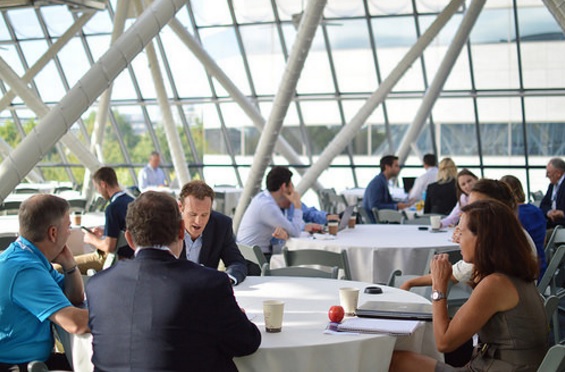 The
The 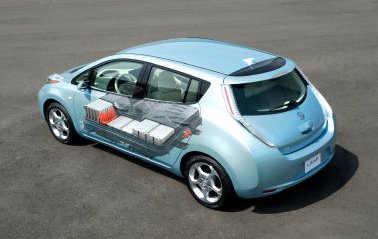 EV battery costs dropping: A new study by
EV battery costs dropping: A new study by 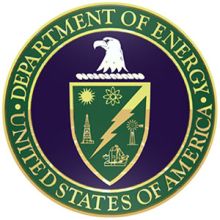 Big cuts in Trump’s DOE budget: The Trump administration is proposing dramatic cuts to the Department of Energy budget for the 2018 fiscal year, which begins October 1. Funding would be cut entirely for the Clean Cities program and the DOE’s Vehicle Technologies Program would see huge cuts.
Big cuts in Trump’s DOE budget: The Trump administration is proposing dramatic cuts to the Department of Energy budget for the 2018 fiscal year, which begins October 1. Funding would be cut entirely for the Clean Cities program and the DOE’s Vehicle Technologies Program would see huge cuts. 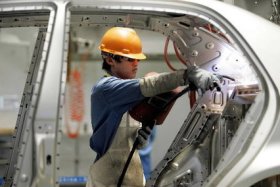 Clean vehicle job creation: Manufacturing clean vehicles
Clean vehicle job creation: Manufacturing clean vehicles 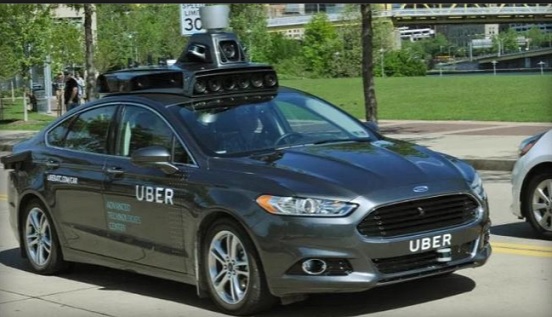 INRIX, a leading provider of traffic information,
INRIX, a leading provider of traffic information, 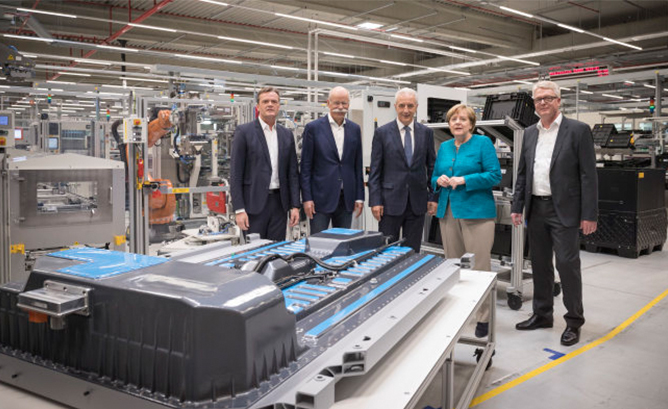 Daimler quadrupling lithium-ion capacity: Daimler officially broke ground yesterday on a lithium-ion battery plant it says will be one of the largest in the world.
Daimler quadrupling lithium-ion capacity: Daimler officially broke ground yesterday on a lithium-ion battery plant it says will be one of the largest in the world.  Ford changes over CEO: Ford’s Mark Field is
Ford changes over CEO: Ford’s Mark Field is 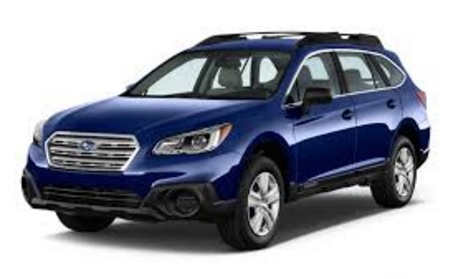 Subaru Corp. is taking electric cars more seriously than ever, as most automakers add these vehicles to their plans. The company is looking into adding electric drives to current models over designing an all-new electric car,
Subaru Corp. is taking electric cars more seriously than ever, as most automakers add these vehicles to their plans. The company is looking into adding electric drives to current models over designing an all-new electric car,  All-new Leaf reveal: A Nissan executive says that the next-generation Leaf will be
All-new Leaf reveal: A Nissan executive says that the next-generation Leaf will be 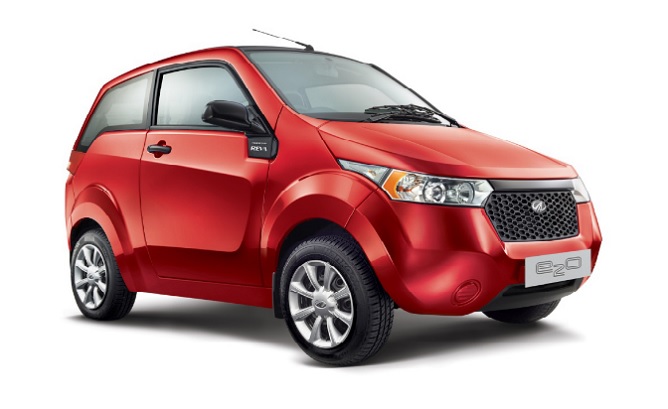 India’s national government is supporting vehicle electrification in a fast growing global auto market. Some of that will take place through generous incentives, government fleet vehicle acquisitions, and a growing charging infrastructure. The government wants to get rid of traditional petroleum-powered vehicles in the near future – but there are serious barriers to cross.
India’s national government is supporting vehicle electrification in a fast growing global auto market. Some of that will take place through generous incentives, government fleet vehicle acquisitions, and a growing charging infrastructure. The government wants to get rid of traditional petroleum-powered vehicles in the near future – but there are serious barriers to cross. 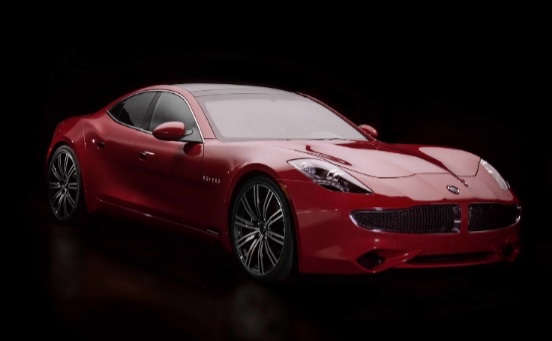 Here comes the Revero: Karma Automotive’s Revero are
Here comes the Revero: Karma Automotive’s Revero are